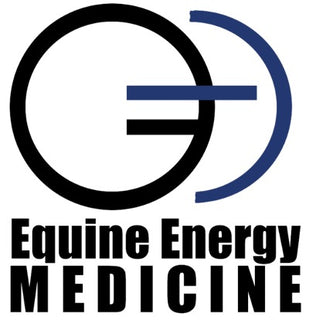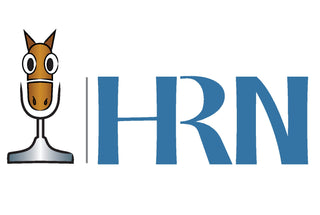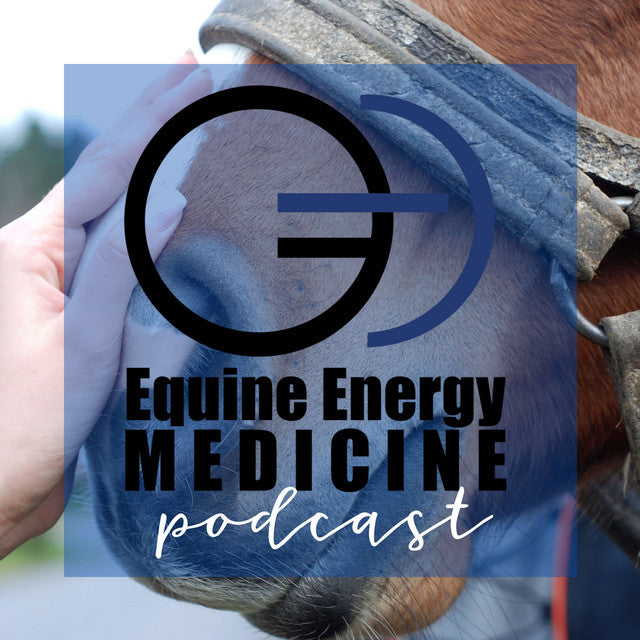We all know riding isn't just about skill, discipline, or passion. It's also about the bond between a rider and their horse, a connection that's deeply influenced by comfort and well-being.
The way your saddle fits is a massive piece of your riding. Regardless of what discipline you prefer, a properly fitted saddle is non-negotiable for ensuring the health, comfort, and performance of both horse and rider.
Today, we’re digging into the aspects of saddle fitting, why it matters, how to recognize if your saddle doesn’t fit and what to do about it.
Understanding Saddle Fit: The Fundamentals
At its core, saddle fitting is the art and science of matching a saddle to the horse's back and the rider's body, ensuring that it sits evenly, does not cause pressure points, and allows for the horse's natural movement. A good fit is as crucial as a well-fitting pair of shoes is to a marathon runner.
Signs of a Poor Saddle Fit: Recognizing the Indicators
How do you know if your saddle doesn't fit correctly? Look out for signs such as resistance to saddling, difficulty in mounting, unexplained behavioral changes, or visible discomfort during riding. Physical indicators can include uneven sweat patterns, sore spots, or white hairs on the horse's back.
Consequences for Horse and Rider
A poorly fitted saddle can lead to many issues: For horses, it can cause back pain, muscle strain, and even long-term damage to the spine or muscle structure.
For riders, it can result in an improper riding position, discomfort, and reduced effectiveness in communication with their horse
Why Saddle Fitting is Crucial for Every Discipline

Dressage: In dressage, the precision of movements and the posture of both horse and rider are at the forefront of the discipline. A well-fitted saddle enhances the subtle communications between horse and rider, crucial for executing the precise maneuvers required in this discipline.
Jumping: For jumping disciplines, safety and the freedom of movement are key. A saddle that fits poorly can restrict a horse's ability to clear jumps and can lead to dangerous situations. It's essential for the saddle to support the rider's balance and agility.
Eventing: This discipline demands versatility from both horse and rider, combining elements of dressage, cross-country, and show jumping. A saddle that fits well ensures that the horse can perform optimally across these varied challenges without discomfort or injury.
Western: Comfort and functionality take precedence in western riding. Western saddles are designed for long hours of riding, often under different conditions, and must distribute weight evenly to avoid overburdening the horse.
Endurance Riding: Endurance riding tests the stamina of horse and rider over long distances. A poorly fitted saddle can cause significant discomfort and even injury over time, severely affecting performance.
Showing: In showing, presentation is as crucial as performance. A saddle that fits well not only contributes to a pleasing appearance but also allows the horse to move freely and exhibit its best gait and posture.
The Saddle Fitting Process
Initial Assessment: The process begins with a thorough evaluation of the horse's back and the current saddle. The fitter considers the horse's shape, any changes in condition, and the rider's needs.
Professional Saddle Fitter's Role: An expert saddle fitter brings invaluable knowledge and experience, offering advice on adjustments, different saddle models, and fitting techniques tailored to the horse's specific requirements.
Adjustments and Recommendations: The goal is to find the perfect match. This may involve trying multiple saddles, making adjustments to existing saddles, or even customizing a saddle specifically for the horse and rider.
Maintaining an optimal saddle fit is an ongoing process, reflecting the dynamic nature of horses' bodies and their workloads. Regular check-ups and adjustments are essential, especially as horses develop musculature, change condition, or take on different jobs.
The relationship between horse and rider is a partnership, with comfort and communication at its heart. A well-fitted saddle is foundational to this partnership.
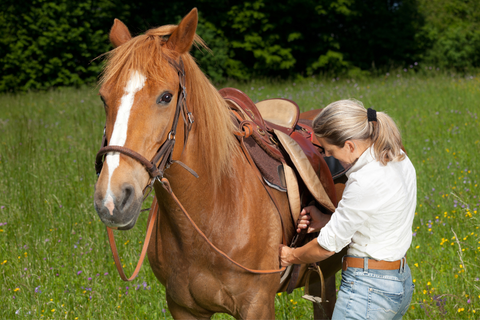
Maintaining Your Saddle Fit
Regular Check-Ups: Just as horses change and develop over time, so too does the fit of their saddles. Regular assessments by a professional saddle fitter will ensure the saddle continues to fit well, preventing discomfort and potential injuries.
Adjusting to Changes: A horse's body can change due to factors like age, training intensity, and health. These changes may necessitate adjustments to the saddle or even a different saddle to ensure a good fit continues.
Saddle Care Tips: Proper care and maintenance of your saddle can extend its life and help maintain its fit. This includes regular cleaning and conditioning, proper storage, and timely repairs to any damage.
The Rider's Role in Saddle Fitting
Understanding and Communication: Being informed about the basics of saddle fitting allows riders to communicate effectively with saddle fitters and to understand recommendations. Knowledge empowers riders to make decisions that benefit their horse's comfort and performance.
Recognizing Changes in Your Horse: Riders are often the first to notice changes in their horse's behavior, performance, or comfort levels. Being attentive and proactive about these changes is essential in addressing saddle fit issues before they become serious problems.
Choosing the Right Saddle Fitting Service
Selecting a qualified and experienced saddle fitter is critical. Look for professionals with a solid track record, who take a holistic approach to saddle fitting, considering the horse's health, the rider's needs, and the demands of their discipline.
Asking the right questions can help ensure you receive a comprehensive service that addresses all aspects of saddle fit.
FAQs
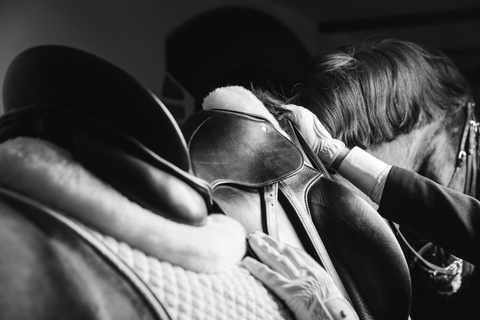
How often should I have my saddle checked by a professional?
It's advisable to have your saddle checked at least once a year, or more frequently if your horse is undergoing significant changes in training, health, or condition.
Can a saddle fit more than one horse?
While some saddles can be adjusted to fit different horses, it's important to remember that each horse's back is unique. It's always best to have a saddle fitted specifically to each horse.
What should I do if my horse shows signs of discomfort?
If your horse shows any signs of discomfort, such as resistance to saddling or behavioral changes, consult a professional saddle fitter as soon as possible to assess the fit of your saddle.
How can I tell if my saddle no longer fits?
Changes in your horse's muscle tone, weight, or overall condition can affect saddle fit. Look out for signs like uneven sweat patterns, visible discomfort, or performance issues.
Does saddle fitting vary significantly between disciplines?
Yes, different disciplines have specific requirements for saddle fit, influenced by the type of movement and the rider's position. A professional saddle fitter can provide guidance tailored to your discipline.
By investing in regular professional saddle fittings, you’ll make sure that your horse remains comfortable, happy, and ready to perform at their best. The importance of a well-fitted saddle cannot be overstated—it is foundational to a successful and enjoyable riding experience!








